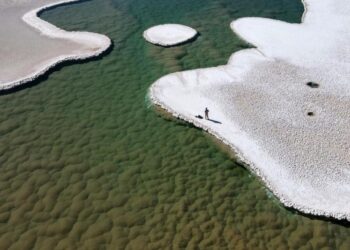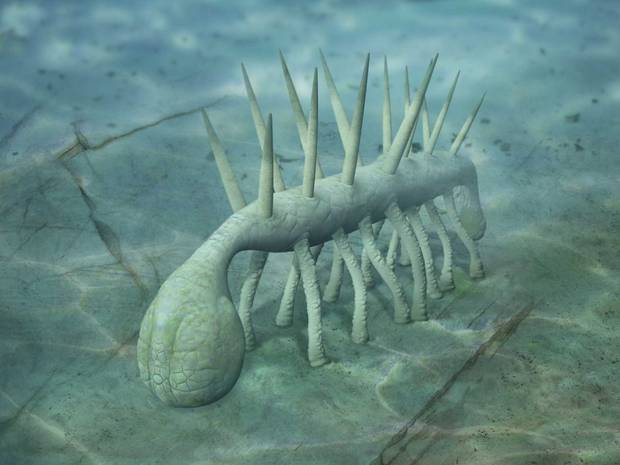
It looks like a painting from Salvador Dali – but Hallucigenia was very much real. Truly one of the most surreal creatures to ever walk the face of the planet, it was finally deciphered and understood (at least partially) by paleontologists, after 4 decades of study. The process discovered not only its position in the tree of life, but also its only surviving descendants.
Life on Earth was pretty dull until the Cambrian explosion, but it was never dull after it. The Cambrian is the time when most of the major groups of animals first appear in the fossil record. This event is sometimes called the “Cambrian Explosion,” because of the relatively short time over which this diversity of forms appears. It was a period of evolutionary experimentation; animals with complex body plans evolved walking, swimming, crawling and burrowing. Numerous diverse creatures appeared, including Anomalocaris (a 1 meter predator with moving lobes on the side of its body and 2 arm-like features next to its mouth), Diania (spiny animals with 10 pairs of legs) and the more famous trilobites. But even with this explosion of life, with this diversification to fill out every single niche out there, Hallucigenia still seems surreal. Believe it or not, paleontologists now believe that it is related to a small group of worm-like creatures with short legs that inhabit the underground of some tropical forests.
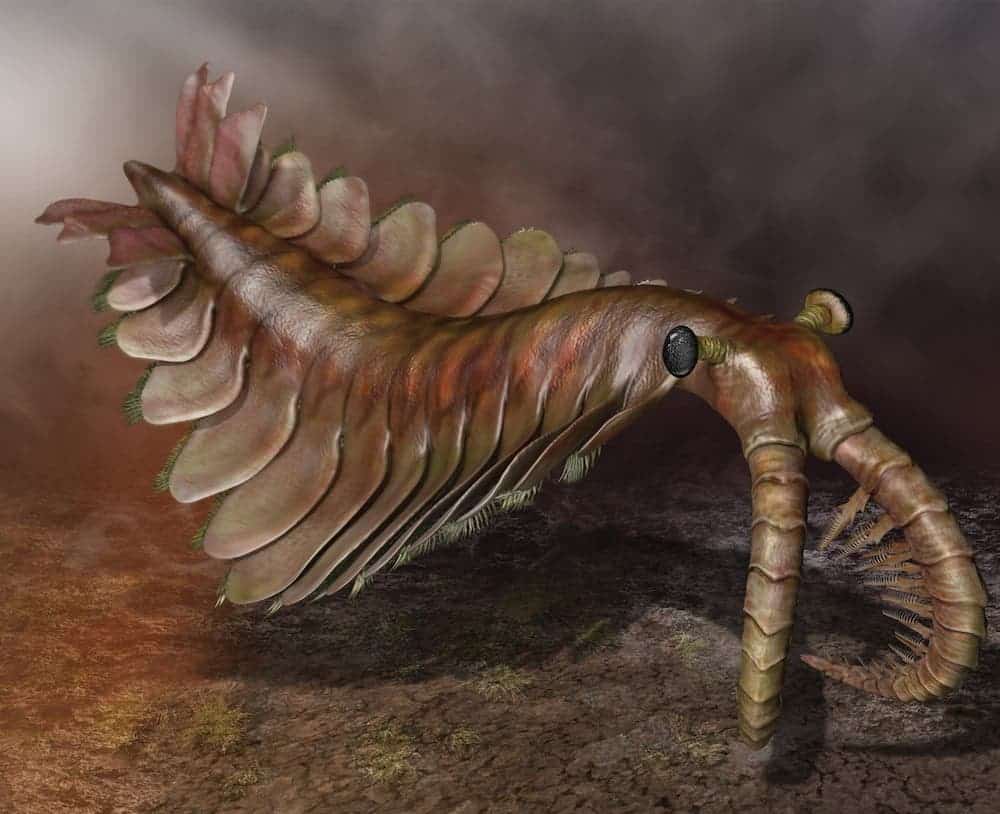
Martin Smith and Javier Ortega-Hernandez of Cambridge University have detected key physical similarities between Hallucigenia and the so-called velvet worms, known more formally as the onychophorans – organisms with tiny eyes, antennae, multiple pairs of legs and slime glands. Their study, which was published in Nature, shows five key characteristics that link the species to the velvet worms.
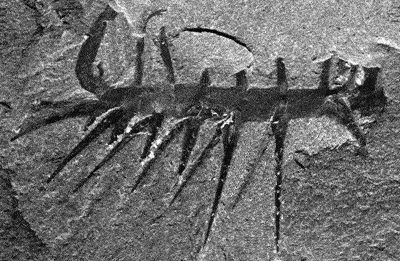
In order to reach this conclusion they had to create high-magnification images of the fossils of Hallucigenia, which grew no longer than 3.5 cm. The first thing they found was the way the claws at the end of its limbs are arranged. Under an electron microscope, each claw has two or three successive layers of cuticle nestled one within the other, like the layered skins of an onion. Dr Smith said:
“We think this enabled them to grow a new set of claws before they shed their skins, which they had to do to grow. A very similar feature is found in the claws and jaws of the velvet worms, and no other animal shares this particular characteristic. It means that the animals do not have to wait for a new claw to form after shedding their skin to grow – they already have one ready formed,” he explained.
In fact, paleontologists have never been sure what is Hallucigenia’s front and what is its back – but this study clears that out too: the front has two or three pairs of appendages and the back has a rounded end where the gut probably terminates. They also showed that the fearsome spikes on Hallucigenia’s back were wrongly confused for legs, and were in fact a defense mechanism against the growing number of Cambrian predators.
For biologists and paleontologists, the Cambrian is probably the most interesting period of all geological history. It’s the period where life as we know it started to shape up. At one time in history, it was thought that life originated in the Cambrian, but now we know that in order to evolve, it has to evolve form something – and geologists have since found numerous evidence of pre-Cambrian life, most notably the Ediacaran fauna and the 3.5 billion years old stromatolites.
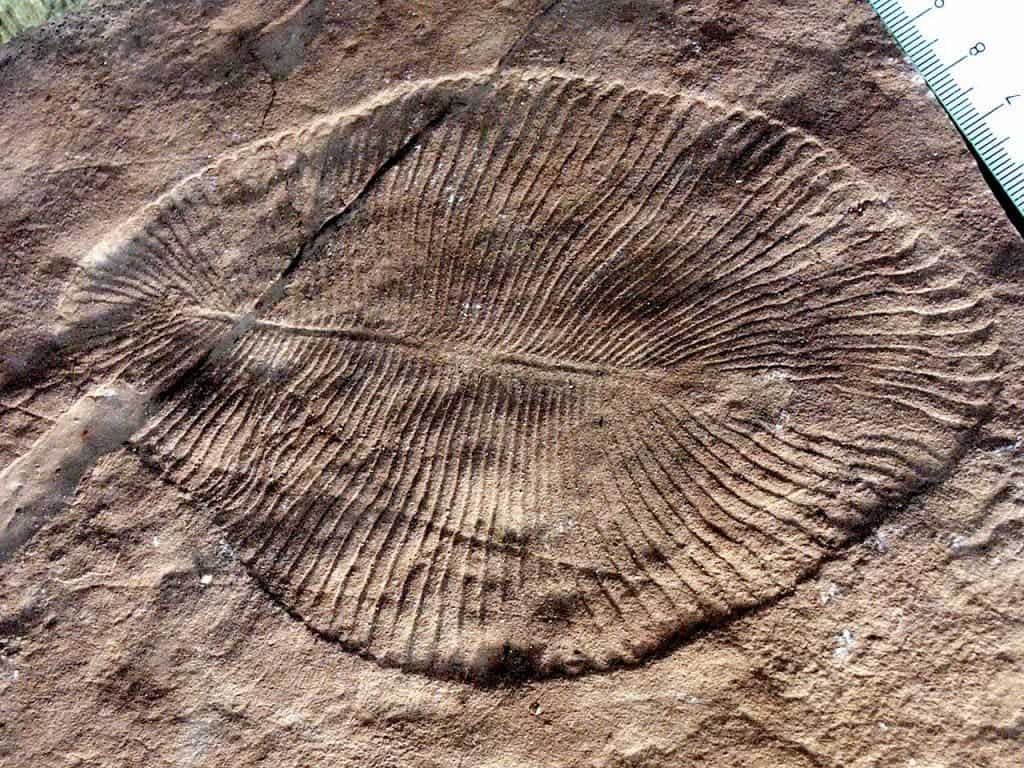
“It’s often thought that modern animal groups arose fully formed during the Cambrian explosion. But evolution is a gradual process,” said Martin Smith of Cambridge. “Today’s complex anatomies emerged step by step, one feature at a time. By deciphering ‘in-between’ fossils like Hallucigenia, we can determine how different animal groups built up their modern body plans,” he said.
Journal Reference: Martin R. Smith, Javier Ortega-Hernández. Hallucigenia’s onychophoran-like claws and the case for Tactopoda. Nature, 2014; DOI: 10.1038/nature13576



